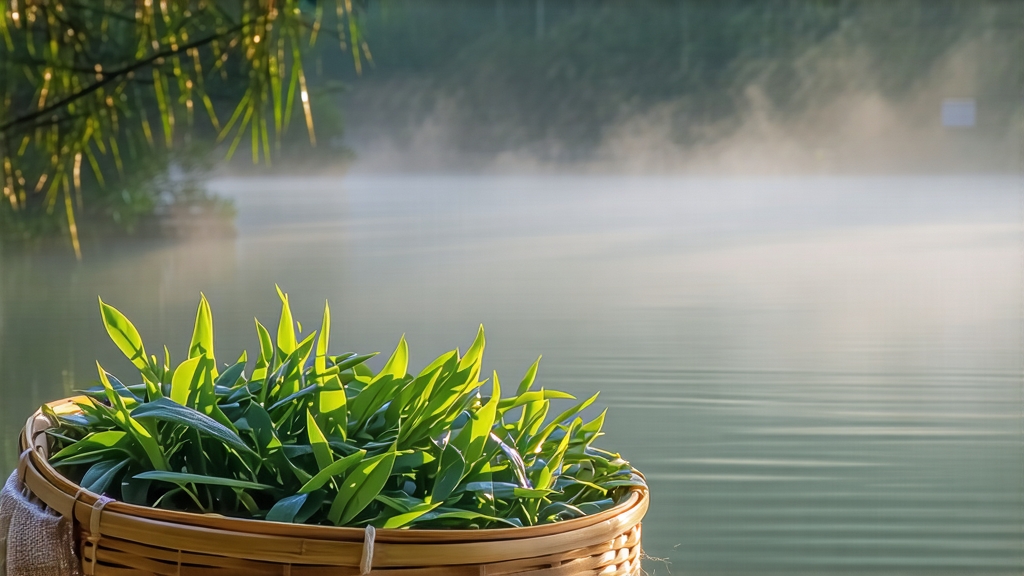
Longjing, literally “Dragon-Well,” is the most celebrated among China’s several hundred green-tea styles, a name so iconic that foreigners sometimes mistake it for the Chinese word for green tea itself. Yet Longjing is only one leaf in the vast forest of Chinese greens; its fame rests on a convergence of imperial patronage, unique terroir, and a craft so precise that a five-second misjudgment can turn jade sweetness into flat bitterness. This essay invites the international reader to step beyond the souvenir tin and meet Longjing as farmers, poets, and sommeliers do—through its history, micro-regions, hand-making ritual, brewing choreography, and the quiet language by which it tells you whether the spring was rainy or calm.
-
Historical echoes
The earliest written record appears in a Tang-dynasty gazetteer of Hangzhou (ca. 760 CE), but Longjing’s mythic moment arrived when the Qianlong Emperor, touring the West Lake in 1751, planted eighteen bushes himself beside Hugong Temple. Court annals note that he diverted the imperial caravan so that he could watch village women finish the night’s firing; the leaves, still warm, perfumed his sleeve and earned the tea the status of gong cha, “tribute tea.” For two centuries the entire harvest was shipped to Beijing’s Forbidden City, leaving locals to drink second-grade leaves. When the last emperor abdicated in 1912, the bushes suddenly belonged to farmers again; within decades Longjing became China’s diplomatic gift—Nixon drank it with Zhou Enlai in 1972—and now every spring the same eighteen sovereign bushes are ritually harvested by municipal invitation only, their 200 g auctioned for more than the price of gold. -
Terroir: one name, many faces
Chinese law protects the name “Longjing” under a geographical-indication system similar to that of Bordeaux wine. The core zone is Xihu (West Lake) District, but even here micro-climates diverge. Shi-feng (Lion Peak) rises above mist-fed streams, giving leaves a chestnut-sweet aroma; Mei-jia-wu, a saddle-shaped valley, yields a greener, more vegetal cup; Weng-jia-shan, with its iron-rich soil, adds a faint metallic snap. Outside the lake basin, Qiantang County produces “Qiantang Longjing,” legally still Longjing yet palpably rougher; Zhejiang’s greater province offers “Zhejiang Longjing,” often machine-made and half the price. Purists insist that only the 168 km² of Xihu can speak the true dialect of Dragon-Well. -
Cultivar grammar
The traditional clone is Qunti, an open-pollinated landrace with small, thick leaves that tolerate high pan temperatures. In the 1970s agronomists released Longjing #43, a hybrid that sprouts five to seven days earlier, yields 30 % more, and carries brighter amino acids—hence more umami sweetness. Organic gardens now experiment with Wuniuzao, an even earlier cultivar, but many farmers keep a few rows of the old Qunti for complexity, much like a vintner reserving heirloom vines. -
The ten fingers of pan-firing
Longjing is the only famous Chinese green tea still shaped entirely by hand in premium grades. The work begins the same night the leaves are picked; delay of even three hours oxidizes edges, flattening fragrance. A seasoned “tea master” (actually more often a tea mistress, since women dominate the firing huts) heats a bare iron pan to 90 °C, brushes it with tea-seed oil, then tosses in 250 g of just-withered leaves. What follows is a choreography of ten distinct hand motions—cajiao (grasp and press), da ta (light slap), hui guo (return to bowl)—each lasting three to five seconds and repeated 200–250 times over twenty-five minutes. Temperature is modulated in three waves: high to kill green enzymes, medium to squeeze moisture, low to set the flat sword shape. When done correctly the leaf moisture drops to 6 %, yet internal cell walls remain intact, locking in a spring-water clarity that can still taste alive after eighteen months. -
Grading the jade blades
Chinese commercial standards list six grades above the common “third grade”: extra-special, special, and first to fourth. Visually, top Shi-feng lots show one bud plus one unfolded leaf of exactly